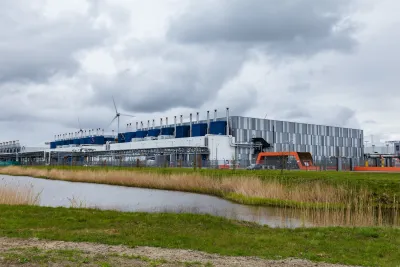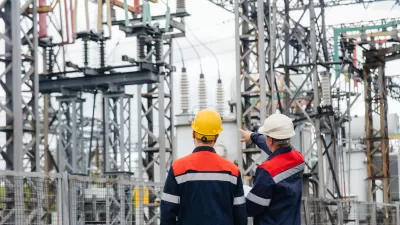USC researchers are reimagining how AI systems are trained and powered — through smarter algorithms, innovative hardware, and brain-inspired designs — to dramatically reduce computing’s energy footprint.

As artificial intelligence (AI) advances, so too does the need for vast computing power—raising urgent questions about energy consumption. At USC’s School of Advanced Computing and Viterbi School of Engineering, researchers are exploring ways to make computing for AI more energy-efficient. Strategies include trimming and simplifying neural networks, transferring learning from pre-trained models, and reducing the bit-depth of data used in machine learning processes. These methods can dramatically shorten training times while lowering hardware requirements and computational costs, according to Professor Massoud Pedram.
Hardware innovation is another key frontier. While GPUs dominate AI processing, their high cost and energy demands have led researchers like Professor Murali Annavaram to suggest pairing them with CPUs to improve efficiency. Other labs are customizing chips to better match the needs of specific AI tasks, optimizing how data is processed and stored. A more radical approach comes from Professor Peter Beerel, whose lab is pioneering superconducting electronics using niobium to eliminate resistance and enable ultra-low-power computing, supported by new algorithms and design automation tools.
Looking to the future, USC researchers are also pushing the boundaries with neuromorphic computing — systems modeled on the human brain. Professors like Joshua Yang and Barath Raghavan are developing technologies like analog in-memory chips and “information batteries” that store energy as pre-computed data. These innovations promise to dramatically reduce energy use while maintaining or even enhancing performance, signaling a transformative shift in how computing systems are designed to meet the growing demands of AI, edge devices, and real-world applications.
FULL STORY: How Can Computing for AI and Other Demands Be More Energy Efficient?

Planetizen Federal Action Tracker
A weekly monitor of how Trump’s orders and actions are impacting planners and planning in America.

Maui's Vacation Rental Debate Turns Ugly
Verbal attacks, misinformation campaigns and fistfights plague a high-stakes debate to convert thousands of vacation rentals into long-term housing.

San Francisco Suspends Traffic Calming Amidst Record Deaths
Citing “a challenging fiscal landscape,” the city will cease the program on the heels of 42 traffic deaths, including 24 pedestrians.

Amtrak Rolls Out New Orleans to Alabama “Mardi Gras” Train
The new service will operate morning and evening departures between Mobile and New Orleans.

The Subversive Car-Free Guide to Trump's Great American Road Trip
Car-free ways to access Chicagoland’s best tourist attractions.

San Antonio and Austin are Fusing Into one Massive Megaregion
The region spanning the two central Texas cities is growing fast, posing challenges for local infrastructure and water supplies.
Urban Design for Planners 1: Software Tools
This six-course series explores essential urban design concepts using open source software and equips planners with the tools they need to participate fully in the urban design process.
Planning for Universal Design
Learn the tools for implementing Universal Design in planning regulations.
Heyer Gruel & Associates PA
JM Goldson LLC
Custer County Colorado
City of Camden Redevelopment Agency
City of Astoria
Transportation Research & Education Center (TREC) at Portland State University
Jefferson Parish Government
Camden Redevelopment Agency
City of Claremont





























